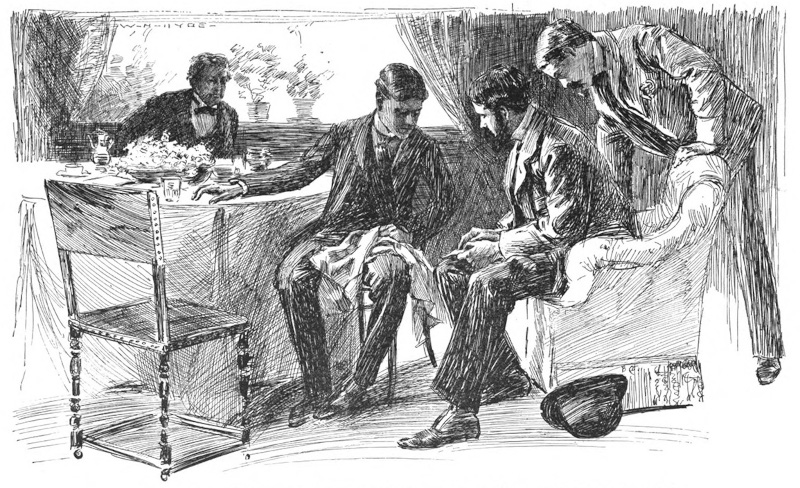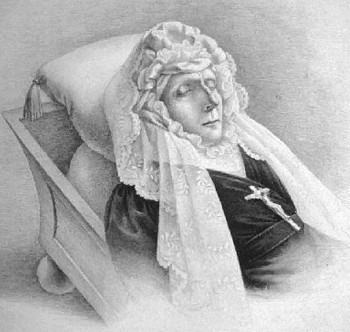A normal die is painted so that it has four green faces and two red. Then it’s shaken in a cup and thrown repeatedly onto a table. You’re invited to guess which of these three sequences results. If you guess wrong you lose $10; and if you guess right you win $30.
- RGRRR
- GRGRRR
- GRRRRR
Most people express the preferences 2, 1, 3, in that order. Red is less likely than green, but it predominates in all three sequences, so many subjects explain that sequence 2 is more “balanced,” and therefore more probable. In fact 65 percent of all subjects (excluding expert statisticians and people whose business is probability) show a strong propensity to vote for sequence 2, even when it’s pointed out explicitly that sequence 1 is just sequence 2 minus the first throw — so sequence 2 cannot be more likely!
“The longer the sequence, the less probable it is, independently of its being ‘balanced’ or ‘unbalanced,'” writes Massimo Piattelli-Palmarini in Inevitable Illusions. “This shows how resistant certain cognitive illusions are. Many other more complex examples have been advanced, and these show that even professional statisticians are sometimes subject to the same illusion.”





